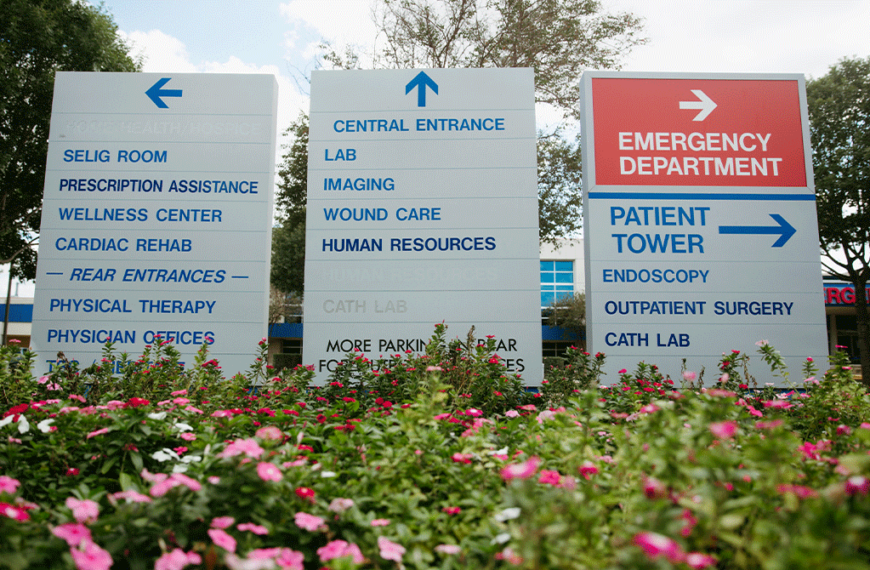At rural hospitals, the numbers on a balance sheet ripple far beyond the finance office. Unfortunately, declining reimbursements and rising costs have pushed many facilities into negative margins, forcing difficult decisions about capital investments, services and staffing. For CFOs, safeguarding cash and improving financial performance are vital to preserve local health care services.
CFOs at these facilities often seek guidance to help prioritize their efforts. The following three areas are a good place to start.
1. Cash Flow: The Constant Priority
CFOs can proactively strengthen cash flow by implementing focused strategies:
- Track leading financial indicators: Regularly monitor metrics like days cash on hand and AR over 90 days. Benchmark revenue and expenses with other similarly sized facilities to help identify issues and alert leadership to warning signs.
- Enforce claim accuracy and timing: Mandate audits before claim submission, enforce standardized workflows, and set clear submission deadlines to reduce denials and speed collections.
- Adopt predictive forecasting: Use rolling cash forecasts and real-time dashboards to predict cash flow and make agile spending decisions.
- Hold payers accountable: Categorize denials by payer and denial type, escalate systemic issues, and negotiate performance-driven contracts.
- Right-size workforce spending: Reduce reliance on expensive contract labor through strategic staffing models and productivity metrics.
2. Transforming the Revenue Cycle
Approaching the revenue cycle as a tactical driver enables CFOs to optimize revenue capture and efficiency:
- Fix root causes: Analyze billing and payment patterns to identify issues like registration errors or coding gaps. Target these for process improvement and training.
- Strengthen revenue integrity and charge capture: Maintain up-to-date charge master reviews and ensure clinical documentation supports accurate billing to minimize revenue leakage and compliance risk.
- Focus support where it’s needed most: Rather than addressing the entire revenue cycle at once, target specific pain points like denial resolution or contract modeling for focused impact.
- Invest in staff development: Train registration, coding, and billing teams in error-prevention best practices to enhance accuracy.
- Establish operational dashboards: Use key performance indicators, such as denial rate, clean claim percentage, discharge not final billed (DNFB) days, and charge capture rate, to monitor progress and guide interventions.
3. Balancing Cost Control with Strategic Growth
While expense control remains critical, sustainable health care requires growth. CFOs should help evaluate service lines that meet unmet local needs and bolster revenue:
- Assess new programs: Explore opportunities like swing beds, cardiac rehab, wound care and behavioral health services for seniors to expand community access and drive utilization.
- Conduct financial modeling: Use break-even and ROI analysis to evaluate service viability. Scenario modeling over multiple quarters reveals trends in volume, payer mix, and margins.
- Adjust regularly: Revisit assumptions every 3–6 months to account for seasonal, market, or payer changes.
The Path Forward
Financial challenges for rural hospitals show no sign of easing. Reimbursements remain under pressure, operating costs continue to rise, and payer requirements grow more complex each year. Addressing these realities requires flexible, data-driven approaches. CHC Consulting works with hospitals to evaluate revenue cycle processes, identify opportunities for improvement, and implement tailored strategies.
This article was sponsored by Community Hospital Corporation.
Related articles from The Scope
Keeping the Lifeblood Flowing: National Rural Health Day
The unique challenges of caring for populations tucked among open…
Rural Access is On the Ballot This November
With no major federal or state offices up for grabs,…
Hard Work Continues on Behalf of Rural Hospitals
For some time, rural hospitals – the facilities in our…
The Final State Budget: Dollars for Development
Throughout the 140-day duration of this year’s regular state legislative…
5 Ways Payment Automation Helps Rural Hospitals Succeed
Rural hospitals are grappling with financial burdens exacerbated by the…
Reeling in Rural Texas
Three times during the COVID-19 pandemic, Dimmit Regional Hospital came…






